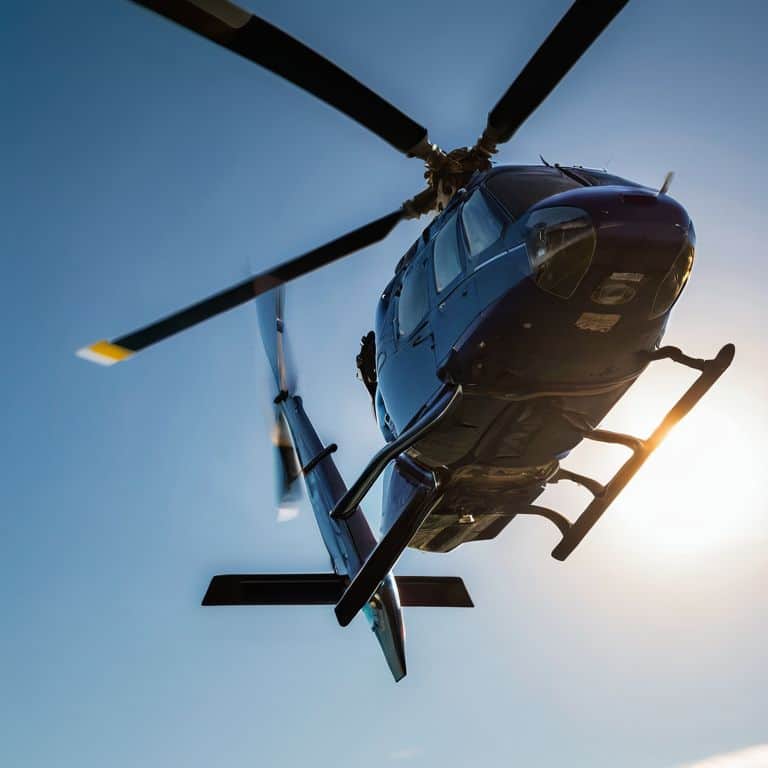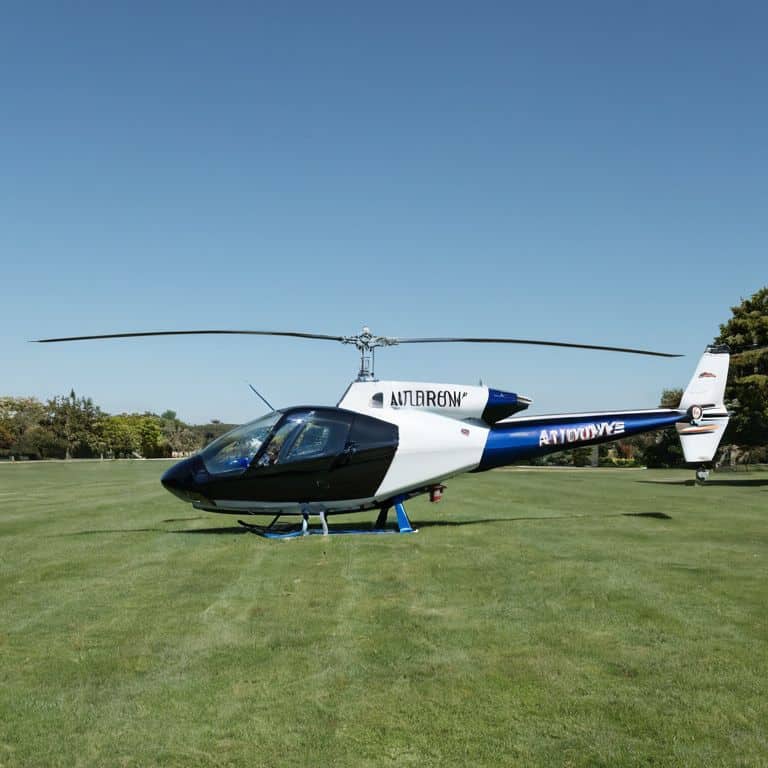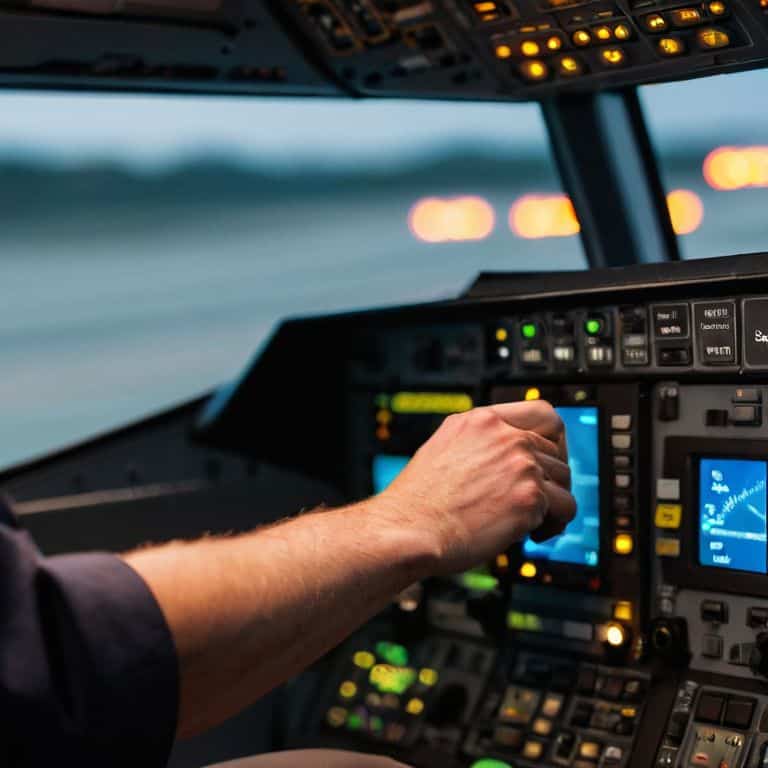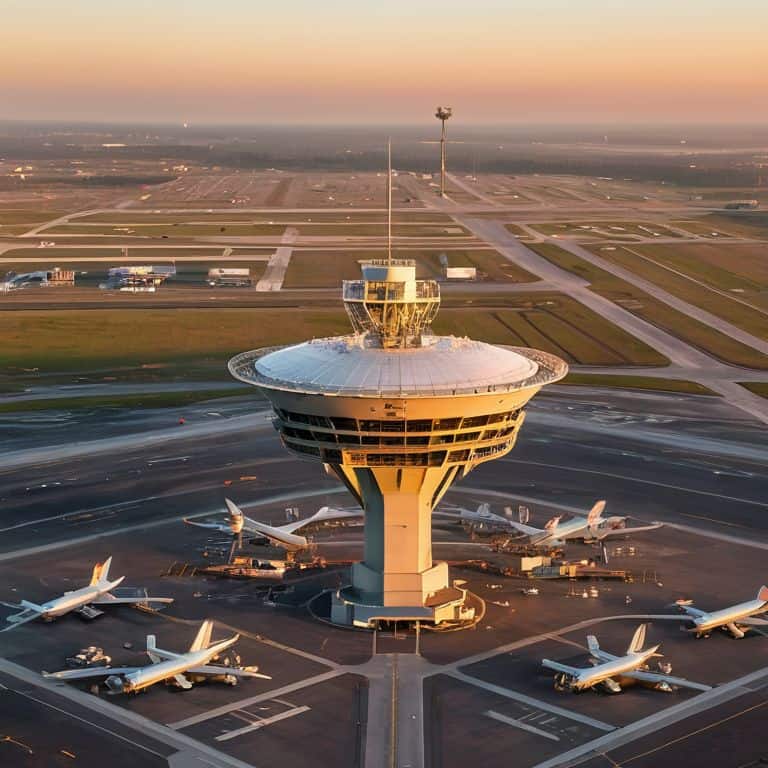I still remember the first time I saw a helicopter take off – the way its blades spun, creating a whirlwind of air that lifted the entire machine off the ground. It was fascinating to watch, and it sparked a curiosity in me about how helicopters fly. As an aerospace engineer, I’ve spent years studying the principles of flight, and I’ve come to realize that there’s a lot of misinformation out there about what makes helicopters tick. Many people think it’s all about the rotors, but that’s only part of the story.
In this article, I promise to give you a no-nonsense look at the science behind helicopter flight. I’ll take you through the key principles that make these machines work, from the way the blades create lift to the complex systems that control their movement. My goal is to demystify the process and show you that how helicopters fly is not just a matter of magic, but of careful engineering and design. By the end of this article, you’ll have a deeper understanding of the incredible technology that goes into these machines, and a new appreciation for the brilliant science that keeps them airborne.
Table of Contents
Unlocking How Helicopters Fly
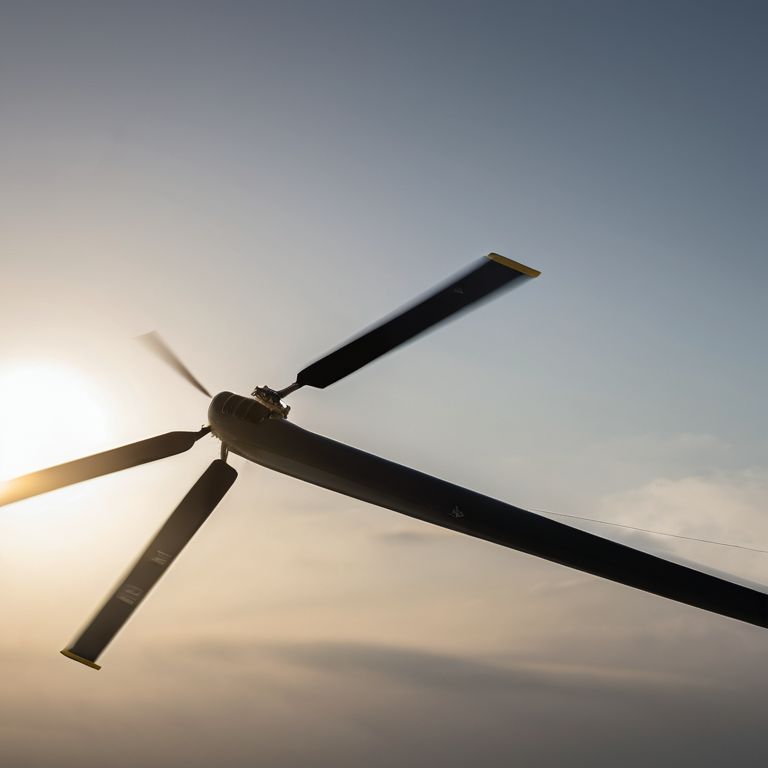
As I delve into the fascinating world of helicopter flight, I’m reminded of the helicopter aerodynamic principles that govern their movement. The rotor blades, with their carefully designed airfoil shape, play a crucial role in generating lift. By angling the blades to produce a difference in air pressure above and below, they create an upward force that counteracts the weight of the helicopter. This fundamental concept is the backbone of helicopter flight, and it’s what allows these machines to hover, take off, and land vertically.
The rotor blade design and function is a marvel of engineering, with each blade carefully crafted to maximize lift while minimizing drag. As the blades spin, they create a gyroscopic effect that helps stabilize the helicopter, allowing it to maintain its orientation and direction. This effect is essential for smooth and controlled flight, and it’s a key factor in the helicopter’s ability to maneuver and change direction quickly.
When it comes to controlling the helicopter, the helicopter control systems explained are a complex interplay of mechanical and aerodynamic components. The pilot uses a combination of cyclic, collective, and tail rotor controls to adjust the angle of the blades and direct the thrust. This intricate system relies on a deep understanding of helicopter stability and maneuverability, as well as the subtle interactions between the rotor blades, air, and the surrounding environment.
Gyroscopic Effect Stability and Control
As I delve into the fascinating world of helicopter flight, I’m reminded of the crucial role the gyroscopic effect plays in maintaining stability. This phenomenon, where the rotating blades act as giant gyroscopes, is fundamental to understanding how helicopters stay level and on course. The gyroscopic effect helps to counteract external forces, ensuring a smoother ride and more precise control.
The way a helicopter’s rotors harness conservation of angular momentum is a remarkable example of applied physics. By carefully designing the rotor system to maximize this effect, engineers can create a more stable and responsive aircraft. This, in turn, enables pilots to make precise adjustments and maintain control, even in challenging flight conditions.
Rotor Blade Design Aerodynamic Principles
When it comes to rotor blade design, aerodynamic efficiency is crucial for a helicopter’s overall performance. The shape and angle of the blades are carefully crafted to maximize lift while minimizing drag. As the blades spin, they create a difference in air pressure above and below the blade, generating the upward force that lifts the helicopter off the ground.
The curved upper surface of the rotor blade is where the magic happens, as it deflects air downward, creating a higher air pressure below the blade. This clever design allows helicopters to achieve remarkable agility and stability, making them an engineering marvel.
Mastering Helicopter Flight Dynamics
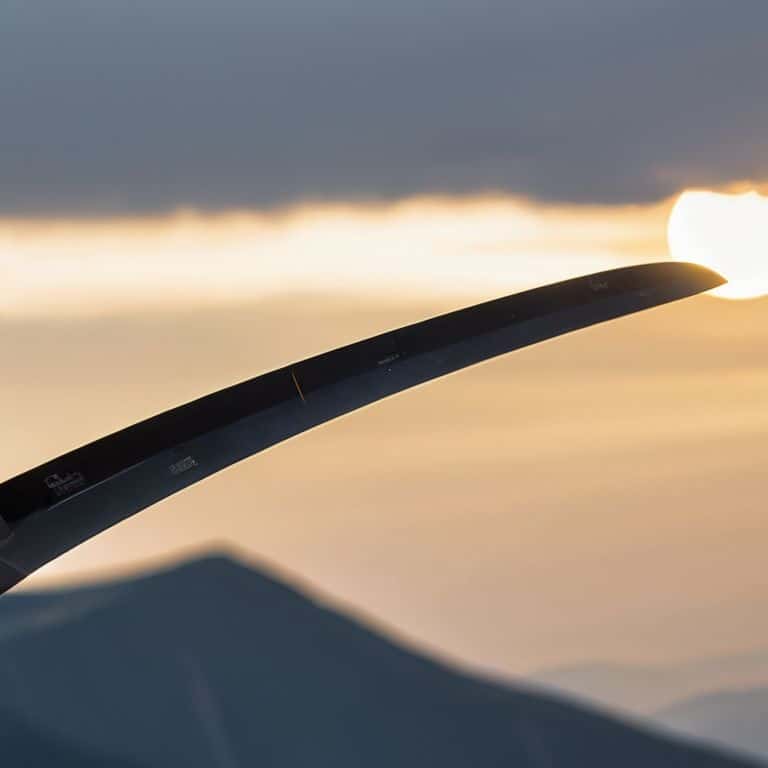
As we delve deeper into the world of helicopter flight, it’s essential to understand the helicopter aerodynamic principles that govern their movement. The rotor blades, with their carefully designed airfoil shape, produce lift by exploiting the difference in air pressure above and below the blade. This phenomenon is rooted in the airfoil theory in rotorcraft, which explains how the curved surface of the blade deflects air downward, creating an area of lower pressure above and an area of higher pressure below.
The gyroscopic effect in helicopters plays a crucial role in maintaining stability and control. As the rotor blades spin, they create a gyroscopic force that helps to counteract any changes in the helicopter’s orientation. This effect is essential for smooth and controlled flight, allowing the pilot to make precise adjustments to the helicopter’s trajectory. By understanding the interplay between the rotor blade design and the gyroscopic effect, we can appreciate the remarkable helicopter stability and maneuverability that these machines exhibit.
In the pursuit of mastering helicopter flight dynamics, it’s vital to consider the intricate relationships between helicopter control systems explained, rotor blade design, and the surrounding air. By analyzing these factors and applying the principles of aerodynamics, we can gain a deeper appreciation for the complex dance of forces that occur during flight. This knowledge not only enhances our understanding of helicopter flight but also inspires a sense of awe for the incredible engineering that goes into designing these remarkable machines.
Airfoil Theory in Rotorcraft Lift and Drag
As I delve into the world of rotorcraft, I find myself fascinated by the airfoil theory that governs the behavior of rotor blades. The shape of these blades is carefully designed to produce a difference in air pressure above and below, resulting in the upward force we know as lift.
The angle of attack is crucial in determining the lift and drag characteristics of a rotor blade. When the blade moves through the air at a precise angle, it creates a high-pressure area below and a low-pressure area above, generating the lift that keeps the helicopter airborne.
Helicopter Control Systems Maneuverability Explained
As I delve into the intricacies of helicopter control, I’m reminded of the fascinating dance between the rotor blades and the tail rotor. The way a helicopter’s control system orchestrates this dance is truly a marvel of engineering. At its core, the control system relies on a complex interplay of mechanical linkages, servos, and sensors to translate the pilot’s inputs into precise movements of the rotor blades.
The swashplate mechanism is a critical component of this system, allowing the pilot to control the angle of attack and pitch of the rotor blades. By carefully modulating the swashplate’s movement, the pilot can achieve a wide range of maneuvers, from gentle banks to sharp turns. This precise control is what makes helicopters so incredibly agile, capable of navigating tight spaces with ease.
5 Essential Insights into the Aerodynamics of Helicopter Flight
- Understanding the relationship between rotor blade angle and airspeed is crucial for maintaining lift and controlling descent
- Recognizing how gyroscopic effects influence stability and control during turns and banks is key to smooth and safe flight operations
- Applying airfoil theory to rotorcraft design allows for optimized lift and drag characteristics, enhancing overall flight efficiency and maneuverability
- Mastering the nuances of helicopter control systems, including cyclic, collective, and tail rotor inputs, is vital for precise navigation and control
- Considering the impact of environmental factors such as wind, temperature, and air density on helicopter performance is essential for pilots to make informed decisions and ensure safe flight operations
Key Takeaways: Unlocking the Secrets of Helicopter Flight
As we’ve explored, the aerodynamic principles behind rotor blade design are crucial for generating lift and thrust, making the gyroscopic effect a vital component in maintaining stability and control
Understanding airfoil theory in rotorcraft and how it applies to lift and drag is essential for mastering helicopter flight dynamics, and recognizing the intricacies of helicopter control systems is key to maneuverability
By grasping these fundamental concepts, from the science of rotor blade rotation to the nuances of control systems, we can truly appreciate the brilliant engineering that makes helicopter flight possible, and inspire future generations of aerospace engineers to push the boundaries of what’s achievable in the skies
The Essence of Rotorcraft
The beauty of helicopters lies not just in their ability to fly, but in the intricate dance of aerodynamics, physics, and engineering that makes every lift-off a testament to human ingenuity and the relentless pursuit of innovation.
Simon Foster
The Magic of Helicopter Flight Revealed
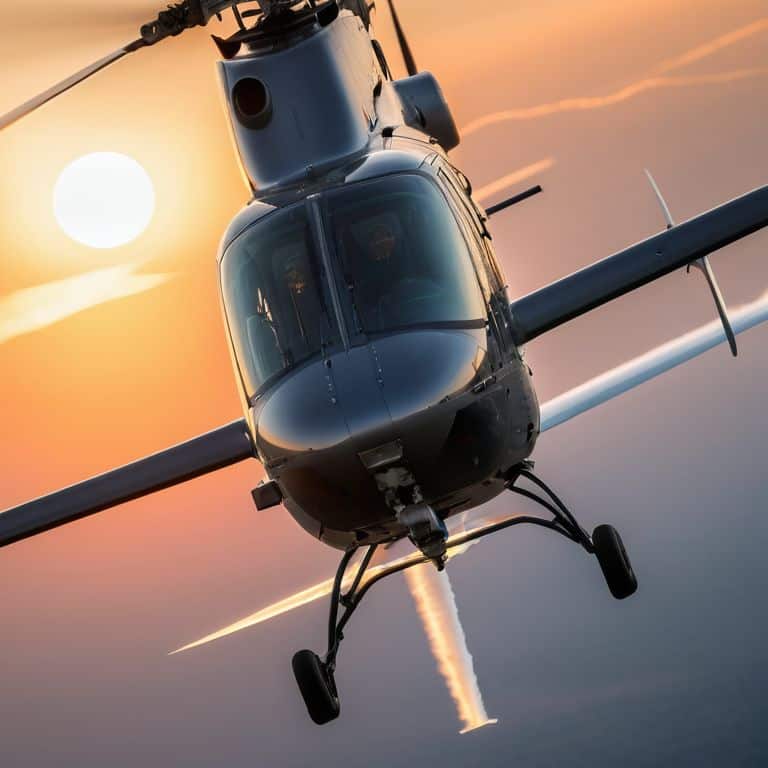
As we’ve explored the fascinating world of helicopter flight, we’ve uncovered the aerodynamic principles that make these machines soar. From the rotor blade design that maximizes lift to the gyroscopic effect that ensures stability, each component plays a crucial role in the overall flight dynamics. By grasping the concepts of airfoil theory and helicopter control systems, we can appreciate the incredible complexity and beauty of these aircraft. Whether you’re an aspiring engineer or simply a curious enthusiast, understanding how helicopters fly can inspire a deeper appreciation for the science and technology that underpin our modern world.
As we conclude our journey into the realm of helicopter flight, remember that the true magic lies not in the machine itself, but in the elegant design that makes it possible. The next time you see a helicopter in flight, take a moment to appreciate the sheer genius of its engineering, and perhaps you’ll be inspired to explore the wonders of flight technology further. Who knows? You might just become the next innovator to push the boundaries of what’s possible in the skies.
Frequently Asked Questions
What role does the tail rotor play in maintaining directional control during helicopter flight?
The tail rotor is crucial for directional control, counteracting the torque created by the main rotor. It prevents the helicopter from spinning in the opposite direction, allowing the pilot to maintain a steady heading. Think of it as a stabilizing force, keeping the nose pointed in the right direction, and it’s a beautiful example of fluid dynamics in action.
How do changes in air density affect a helicopter's performance and maneuverability?
Changes in air density significantly impact a helicopter’s performance, as thinner air reduces lift and increases the risk of stall, while denser air boosts lift but can make the aircraft more difficult to control, requiring pilots to adjust their techniques accordingly to maintain stability and maneuverability.
Can you explain the difference between a helicopter's autorotation and powered descent, and when each would be used?
Autorotation and powered descent are two distinct modes of helicopter operation. Autorotation occurs when the engine fails, and the rotor blades rotate freely, using the Earth’s gravity to generate lift. Powered descent, on the other hand, is a controlled, engine-driven descent. I use autorotation during emergency landings, while powered descent is used for routine, controlled approaches.
